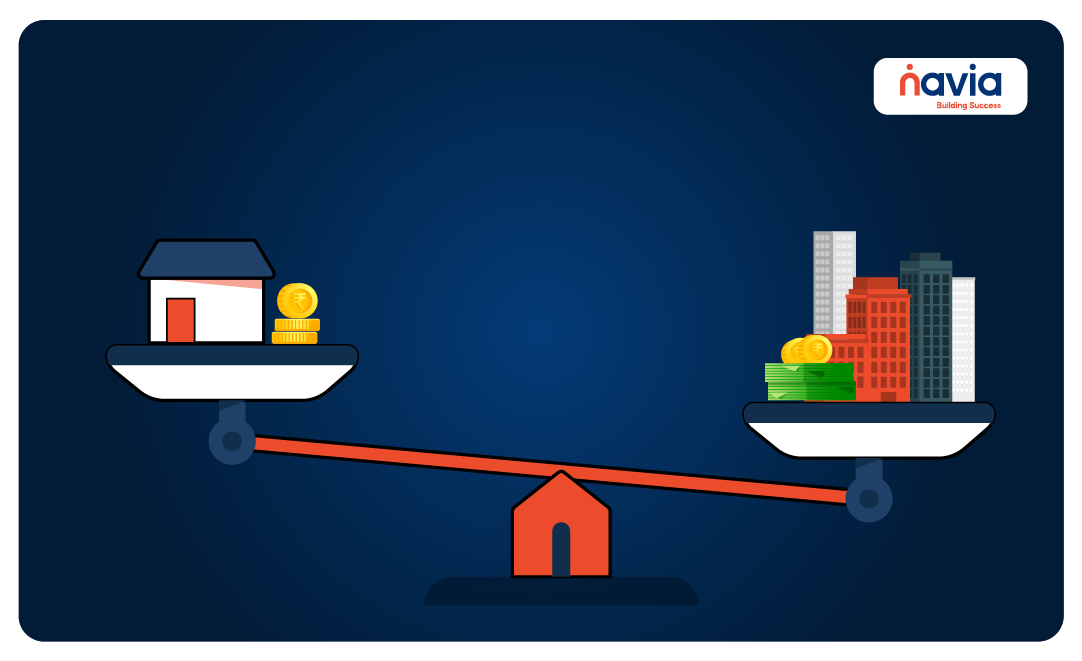Unlocking Hidden Riches: The FCF story

Introduction
In the bustling heart of Mumbai, young Priya, fresh out of college, landed her dream job as a financial analyst. Numbers danced before her eyes as she analyzed companies, net profit the biggest, brightest star. A high net profit meant a great company, right?
Discovering the Hidden Gem
One day, Priya bumped into Raju, a wise investor with a mischievous grin. He saw her struggling with the reports. “Net profit can be a magician, beta,” he chuckled, “making a company seem richer than it is.” Priya’s brow furrowed. “But everyone talks about it!”
Raju winked. “There’s a hidden gem most miss – free cash flow. It’s the real money a company has left after paying all the bills and buying new things, like fancy new machines.” Priya’s eyes widened. This was completely new!

The Power of Free Cash Flow
Intrigued, Priya started digging deeper with Raju as her guide. He explained “Imagine you run a lemonade stand. At the end of the day, you have some money left after paying for everything you need, like cups, lemons, and sugar. This leftover cash is your free cash flow (FCF).”
He continued, “Free cash flow, unlike net profit, couldn’t be easily tricked. A company might boast a high net profit, but if their free cash flow was low, that was a warning sign. Free cash flow is the real money a company uses to grow, pay off debts, or give back to its investors.”
Priya started seeing companies differently. A company with a steady, growing free cash flow was like a healthy mango tree, strong and able to weather any storm, always bearing fruit. A company with low or dropping free cash flow, on the other hand, resembled a wilting rose, struggling to survive.
With this newfound knowledge, Priya started making her own investment choices. She looked beyond the flashy net profit and focused on companies with strong, consistent free cash flow. Much to her surprise, her picks started doing better than those of her colleagues who only looked at net profit.
As Priya’s reputation grew, she became known as the “Free Cash Flow Rani”. She realized that true wealth in the stock market wasn’t about chasing illusions, but about finding the companies with the real treasure hidden beneath the surface. And that treasure, she knew, was free cash flow.

Importance of Free Cash Flow
The story emphasizes that FCF is a crucial metric for understanding a company’s true financial health. It reflects the company’s ability to invest in growth, pay off debt, and reward shareholders. Just like Priya, investors should look beyond net profit and seek companies with a steady stream of FCF for long-term success.
Companies earn money from selling products or services, but they also have expenses like rent, salaries, and equipment. FCF is the cash a company has left over after paying for everything it needs to run the business and keep things going.
Here’s why FCF is important:
Shows a company’s financial health: A company with a high FCF has more breathing room to invest in growing the business, pay back debt, or give money to investors.
Helps investors make decisions: Investors look at FCF to see if a company is making real money they can rely on, not just profits on paper.
Types of Free Cash Flow
Money for the whole company (FCFF): This is like the total cash left over after paying for
everything, including new equipment (like a fancy new juicer for your lemonade stand).
Money for shareholders (FCFE): This is the cash left over specifically for the company owners, after paying everything else and accounting for any loans the company has.
Moral: The Power of Free Cash Flow for Investors
Just like Priya, remember investor friends, free cash flow is a powerful tool. Don’t be fooled by shiny net profits alone. Look for companies with a steady stream of free cash flow, for that’s the real indicator of a company’s ability to grow and thrive in the long run.
So, next time you hear about a company’s FCF, you’ll know it’s a way of measuring how much cash they have available, which can tell you a lot about how well they’re doing!

We’d Love to Hear from you –






